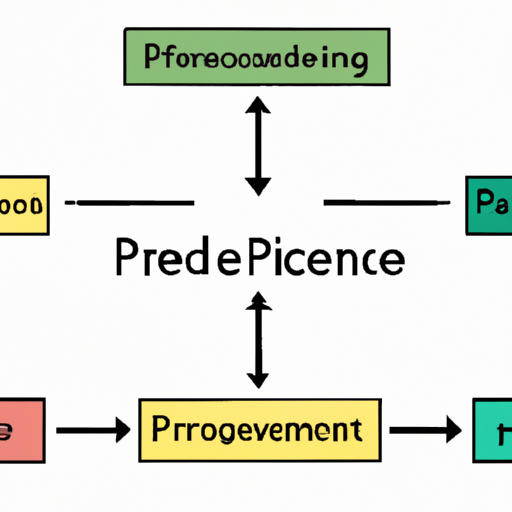What is Precedence in Project Management? A Comprehensive Guide
When it comes to project management, precedence is a crucial concept that helps ensure tasks are completed in the correct order and dependencies are properly identified. In this comprehensive guide, we will delve into the importance of precedence in project management and how it can be effectively utilized to achieve project success.
Understanding Precedence in Project Management
Precedence refers to the logical relationship between tasks in a project. It determines the order in which tasks should be executed based on their dependencies. By establishing precedence relationships, project managers can effectively plan and schedule tasks, ensuring that each task is completed at the right time and in the right sequence.
Types of Precedence Relationships
There are four common types of precedence relationships in project management:
1. Finish-to-Start (FS): This is the most common type of precedence relationship, where a successor task cannot start until its predecessor task has finished.
2. Start-to-Start (SS): In this relationship, a successor task cannot start until its predecessor task has started.
3. Finish-to-Finish (FF): Here, a successor task cannot finish until its predecessor task has finished.
4. Start-to-Finish (SF): This relationship is less common, where a successor task cannot finish until its predecessor task has started.
Benefits of Precedence in Project Management
Utilizing precedence relationships in project management offers several benefits:
1. Task Dependency Management: Precedence helps identify task dependencies, ensuring that tasks are executed in the correct order. This prevents delays and minimizes the risk of errors or rework.
2. Efficient Resource Allocation: By understanding task dependencies, project managers can allocate resources effectively. They can ensure that resources are available when needed, optimizing productivity and reducing idle time.
3. Accurate Project Scheduling: Precedence relationships enable project managers to create realistic and accurate project schedules. By considering task dependencies, they can determine the critical path and identify potential bottlenecks or constraints.
4. Improved Communication and Collaboration: Precedence relationships facilitate effective communication and collaboration among project team members. Everyone understands the order in which tasks should be completed, promoting coordination and teamwork.
Implementing Precedence in Project Management
To effectively implement precedence in project management, follow these steps:
1. Identify Task Dependencies: Analyze the project scope and identify the dependencies between tasks. Determine which tasks must be completed before others can start.
2. Define Precedence Relationships: Once task dependencies are identified, establish the appropriate precedence relationships (FS, SS, FF, or SF) between tasks. Document these relationships clearly for reference.
3. Create a Project Schedule: Utilize project management software or tools to create a detailed project schedule. Incorporate the precedence relationships to ensure tasks are sequenced correctly.
4. Monitor and Adjust: Continuously monitor the progress of tasks and make adjustments as necessary. If there are changes or delays in one task, review the precedence relationships and update the project schedule accordingly.
Conclusion
Precedence is a fundamental concept in project management that ensures tasks are executed in the correct order and dependencies are properly managed. By understanding and implementing precedence relationships, project managers can effectively plan, schedule, and execute projects, leading to successful outcomes. Remember to consider task dependencies, define the appropriate precedence relationships, and continuously monitor and adjust the project schedule for optimal results.




